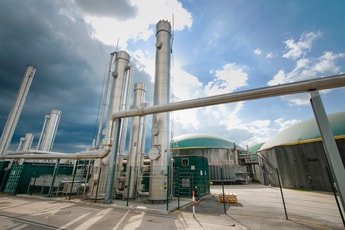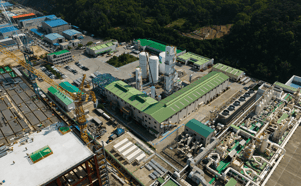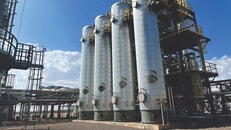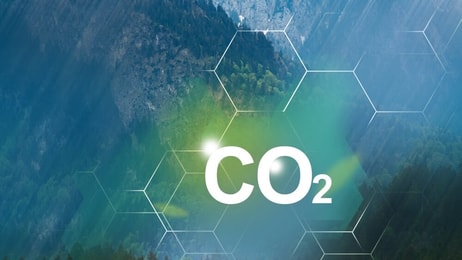Biogas
Globally, the carbon dioxide (CO2) merchant market accounts for well over 20 million metric tonnes of consumption, and this does not even approach the demands separately as captive, and EOR, to name a few. Such captive would include over the fence, or pipeline supplied requirements to processes such as the production of methanol, and urea. Many CO2 demands are supplied via pipelines from natural sources, such as that in the US Mississippi, New Mexico, and Colorado regions.
With respect to CO2 sources under attack by the damage left behind due to Covid-19, largely due to the reduction of ethanol production by some 50%, this has been extremely challenging to the industry. Refineries have either closed or reduced their operating capacity, leading to less ethanol being added to gasoline. Separately, CO2 transports are very unavailable, due to such units running many more miles to make deliveries.
Biogas is an obvious source type and according to the American Biogas Council there are over 2,200 sites producing biogas in all 50 states, 250 anaerobic digesters on farms, 1,269 water resource recovery facilities using anaerobic digesters (about 860 current use the biogas they produce), 66 standalone systems that digest food waste, and 652 landfill gas projects. Therefore, the sources are vast in the US, and logically, could be a source type for at least part of the merchant market. The question is how, where, and if industry will adapt to acceptance of a source type which can be as chemically pure as any other source type. The drawback is perception by the gas companies, industry, and the ultimate consumer of the product.
... to continue reading you must be subscribed
























